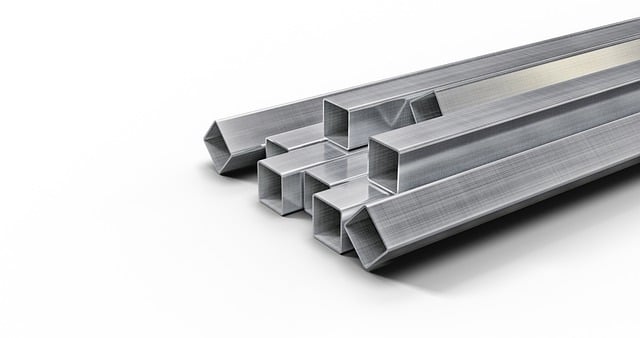
Abandoned bauxite quarry in Otranto (Italy).
Les Baux-de-Provence , generally mentioned as Les Baux , is a French town in the Arles district ( Bouches-du-Rhône department). In this area that makes up the region of Provence, the rock was identified for the first time and, due to this origin, was named bauxite .
Bauxite - a term derived from the French bauxite - is composed mainly of hydrated aluminum oxide . It also usually contains iron oxide .
Origin of bauxite
We indicated above that the name bauxite comes from Les Baux , where this rock was initially studied and described. That original work was carried out by the geologist Pierre Berthier in the 19th century .
Regarding the origin of this material itself, it should be noted that bauxite is a sedimentary rock . This means that it arises from the weathering (decomposition) of already existing rocks, whose sediments accumulate. In the specific case of bauxite, it is born from other rocks with a considerable level of clay , generally in tropical regions with high humidity and high temperatures.
Main features
Among the components of bauxite, there are aluminum oxides such as diaspore (or diaspore ), boehmite and gibbsite , as well as iron oxides such as oligisto (also called acerin , hematite or hematite ) and goethite ( goethite ). Minerals such as ilmenite , octahedrite ( anatase ) and kaolinite may also appear.
As you can see, bauxite is not a mineral, but a set of different minerals that come together in the formation of the rock. Guinea , Australia , Vietnam , Brazil and Jamaica are among the countries with the largest reserves of bauxite.
According to the variety of components, bauxite exhibits different colors . When it has more iron oxides, for example, it becomes redder. In any case, you can see gray, brownish, yellow or pink bauxites, among others.

Bauxite is used to obtain aluminum.
Bauxite exploitation
Bauxite is a very important economic resource. Much of its value is given as aluminum ore: the rock is used to extract this metal.
The most common method for exploiting bauxite is through open pit mines . The wells can reach a depth of six meters. Once the stone is obtained, it is crushed and then begins a series of processes that allow the separation of the aluminum.
Bauxite, on the other hand, is used as a proppant agent in the oil industry (to prevent fractures from closing, thus favoring the flow of hydrocarbons to the well). Bauxite can even be used as an abrasive for cleaning and polishing tasks.
It is interesting to mention that, although bauxite is very common in the Earth's crust, it may be insufficient to meet the demand for aluminum that exists around the world. Political conflicts and economic decisions in large producers such as Guinea and China have influenced this situation in recent years, which led to an increase in the price of aluminum and lower profitability in companies in different sectors.
